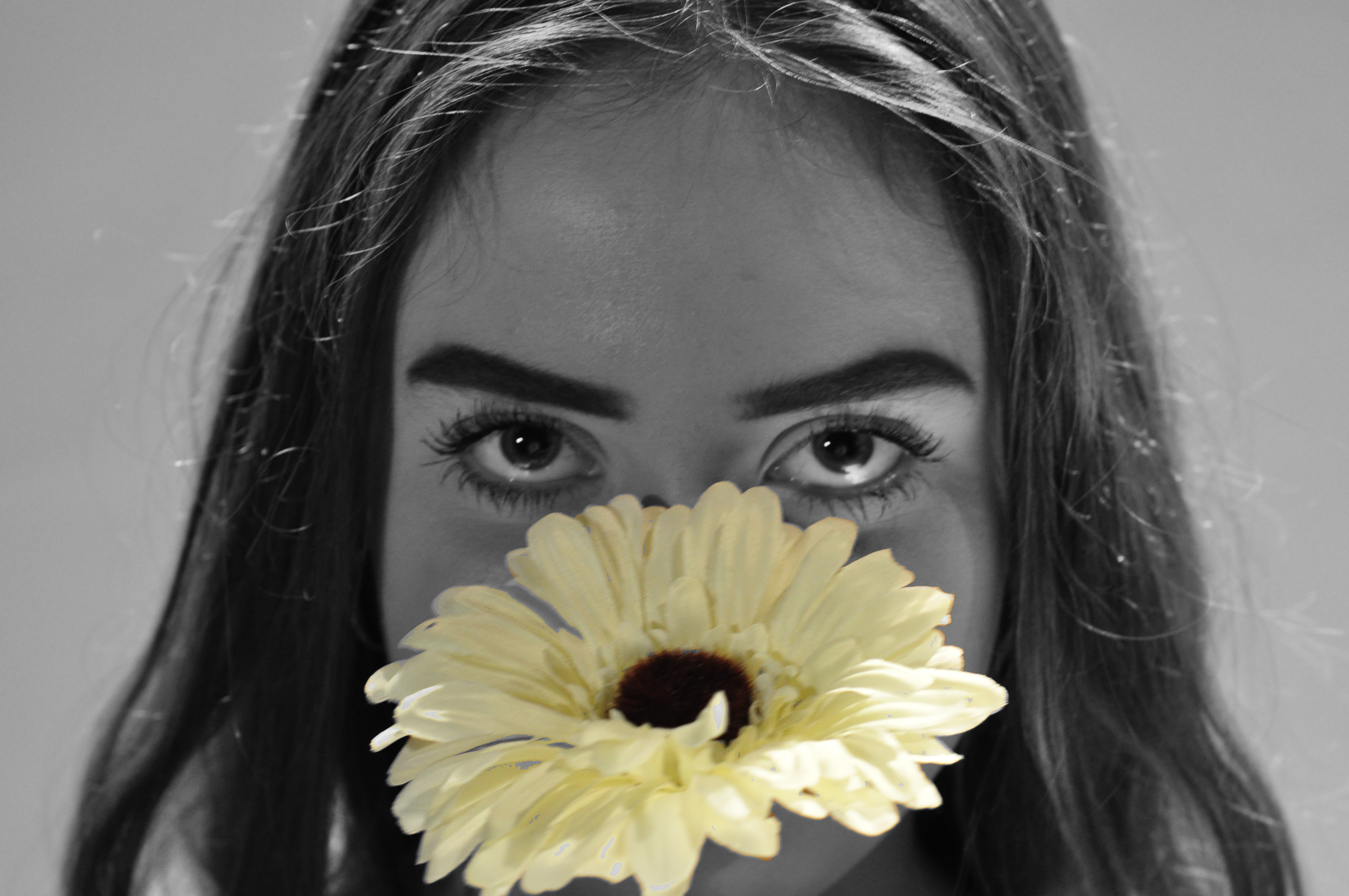Irving Penn (1917-2009) was an American photographer known for his fashion photography, portraits and still lifes. Penn’s career included work at Vogue Magazine, and independent advertising work for clients including Issey Miyake and Clinique. His work has been exhibited internationally and continues to inform the art of photography.
Irving Penn’s iconic covers for Vogue Magazine showcased the clean lines and tapered waists of Postwar Paris and New York, and transformed the aesthetic of the fashion industry. Penn removed everything from the shot but the clothing and the model. His dramatically lit figures are essentially living, breathing sculptures. Inspired by Surrealism, Modern dance, and film noir, his images register as provocative visual statements, not just commercial photographs. With a firm grasp on the geometry of the body, the psychology of consumerism, and an encyclopedic knowledge of the history of art, Penn lifted fashion photography into the realm of high art.
Above is a famous photograph taken by Penn titled The Queen of Freckles. It showcases his technique of using a plain white background behind his subject to put all the focus on the model. The model in this picture has long eyelashes and thick lips, as well as an ornate ring on her finger. She fits with the style of most of his fashion photographs which is class and elegance. Penn used the freckles to his advantage, and instead of covering them up, he made them stand out. Penn created a new style of photography and redefined the image of beauty with this photograph, as ‘imperfections’ like freckles were often covered up in this time. The subject of this photograph is in the centre and takes up almost the entire frame. Our eyes are drawn to her eyes which are framed with thick lashes. The model is looking straight at the camera. This photograph represents beauty and that it has more than one definition.
Below shows one example of Penn’s ‘Corner Portraits’ where he would put celebrities or his models into tight corners and awkward poses that revealed unfamiliar elements of their personalities to the camera. This was a favourite setup of Penn’s in the 1940s, he would often put them at a very tight angle, sometimes alone, sometimes with a prop (like Capote’s chair). The lighting is very simple, the walls are a light colour, which act as a bit of a fill, bouncing light into some of the shadow areas and increasing the range of tones in the final image.

Personal Responses To Irving Penn

Above shows the set-up that I used and started with for this shoot. I used one of the smaller lights with the soft box over it to diffuse some of the light. I also used some of the lights that came above from the lighting rig and down onto her from above. This set up worked for me as it allowed enough light to fill the area and also allowed me to move the smaller lights to where I needed them to light her.
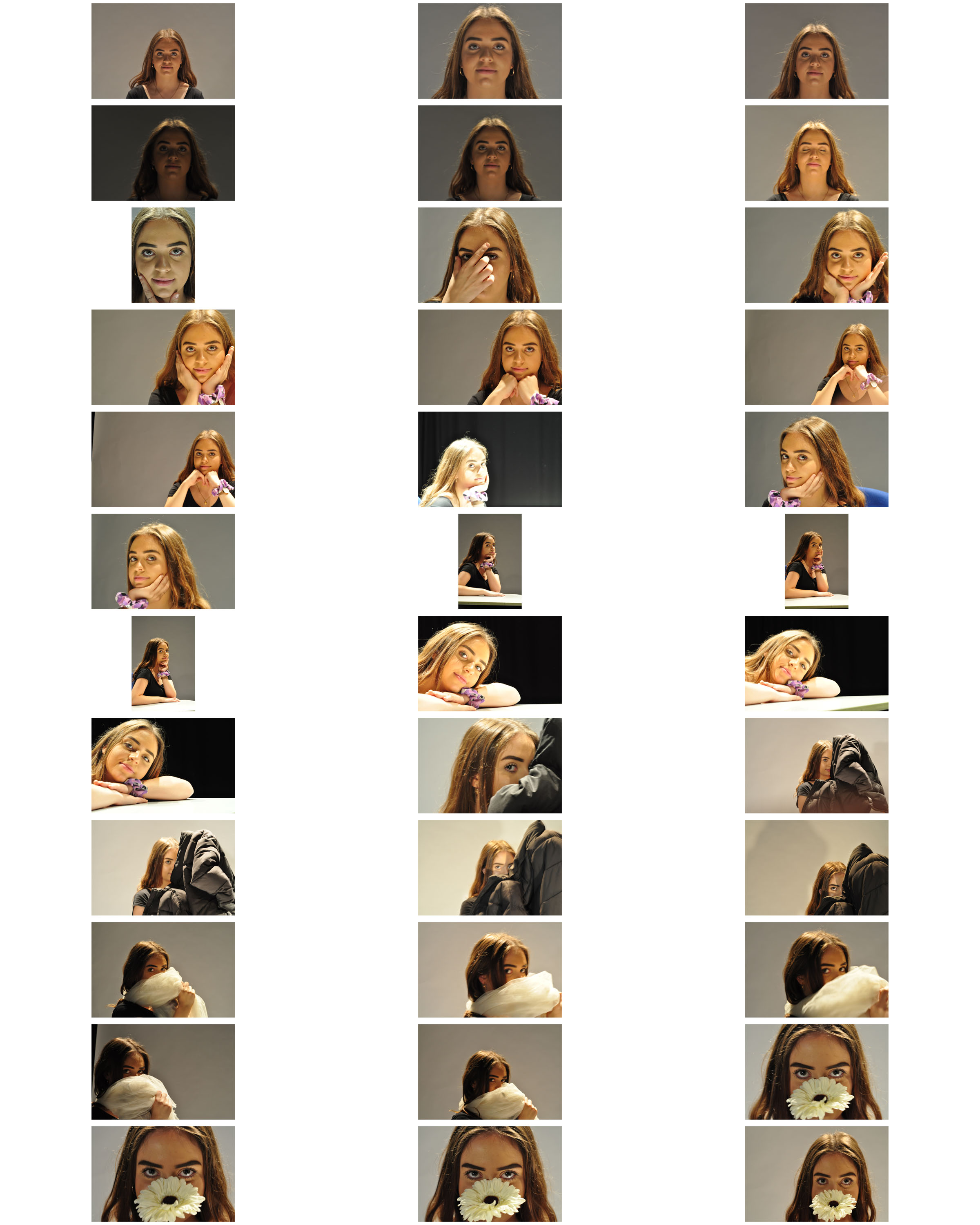
Above shows my contact sheet from the shoot in the studio. It shows the range of positions I placed Ellie in to either conceal her face with fabric or clothes or reveal it and pronounce it with her hands. Unfortunately not all of the photographs produced became as clear and sharp as I wanted however there were a couple of successful ones which I went forward to edit into black and white as a response to Irving Penn.
Best Responses Edited into Black and White
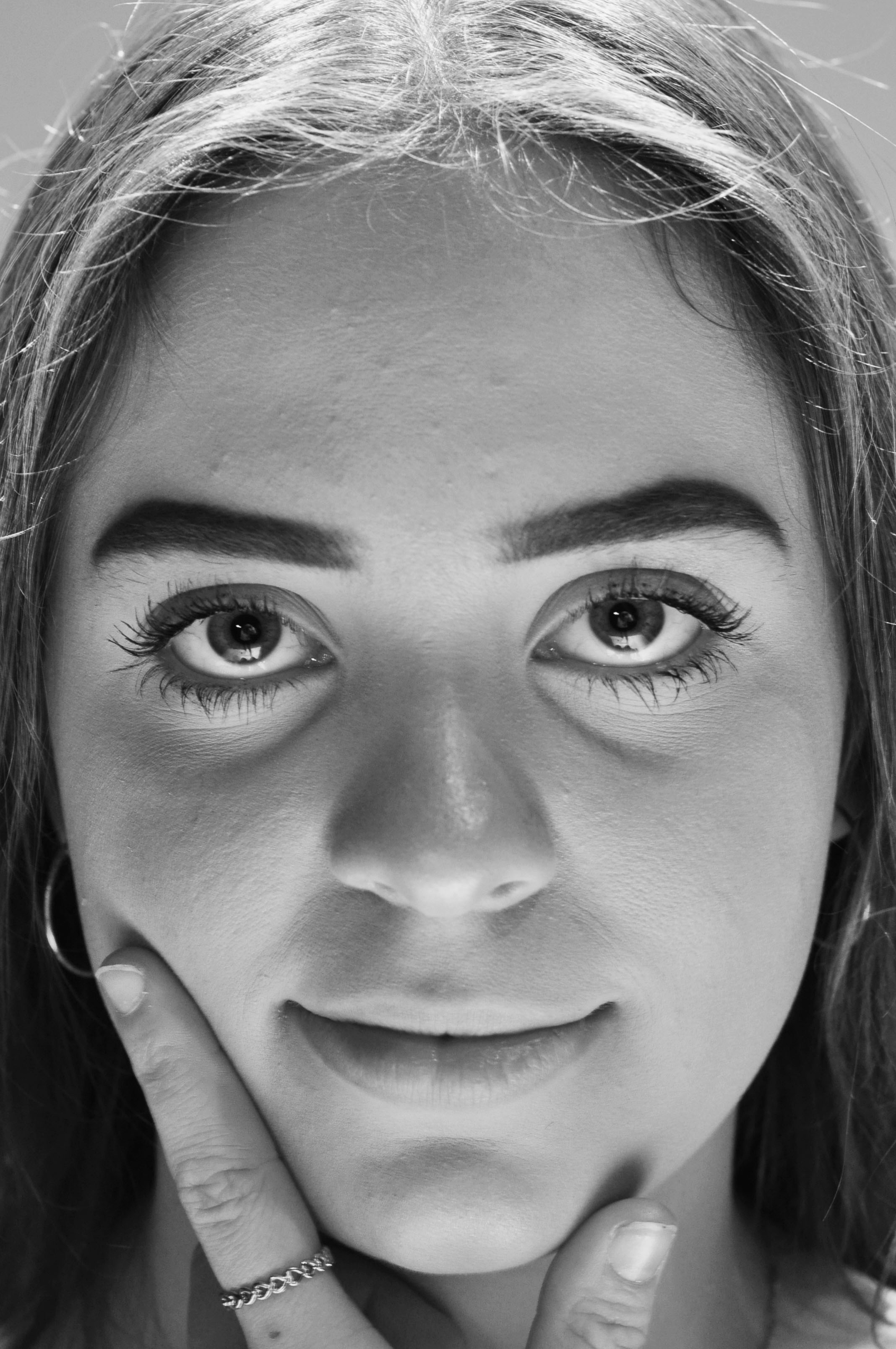
Above is a direct response to Irving Penn’s photograph ‘Queen of Freckles’ however here I feel I am particularly interested in Ellie’s eyes instead of something like freckles, her eyes for me are a feature that stand out as they are large open and wide which is why I always had her lock eyes with the camera.
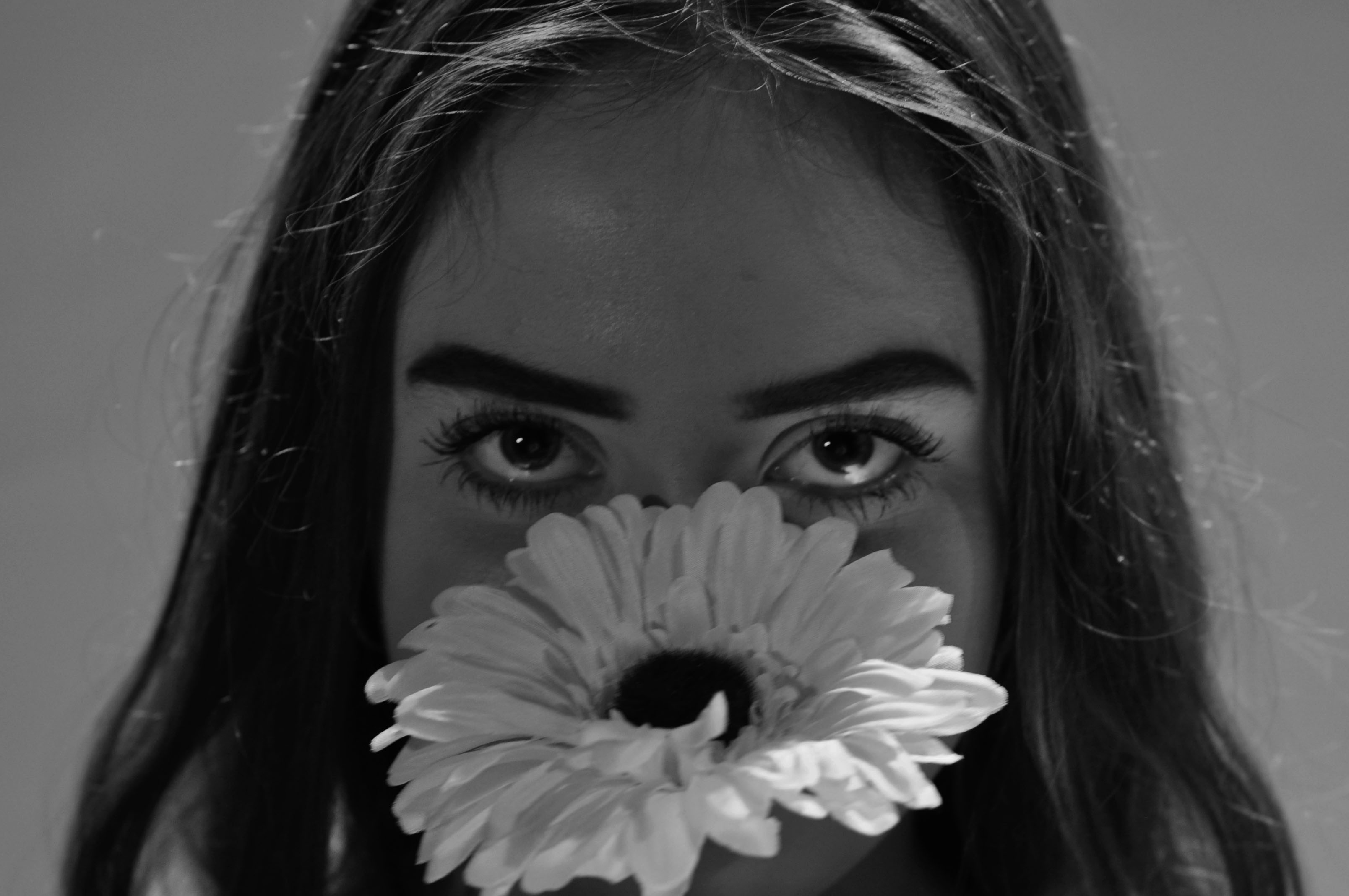
Here above again I am trying to make the focus to Ellie’s eyes by having her hide her face behind the flower and having it sit just below her eyes to try and emphasis them in a different almost ‘conceal and reveal’ kind of way.
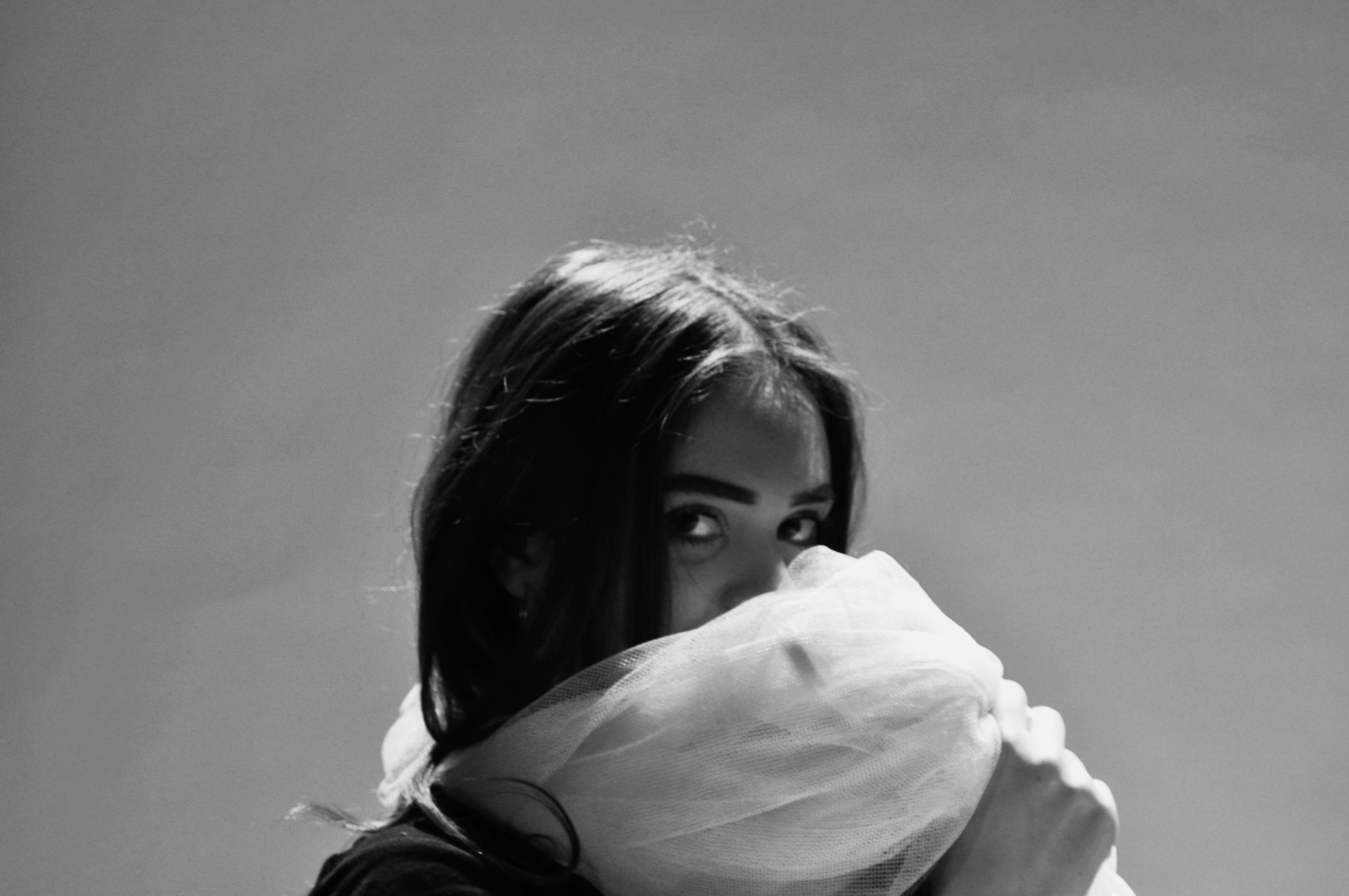
This is a more subtle kind of ‘conceal and reveal’. Unlike the other photographs I wasn’t specifically trying to focus in on her eyes or anything specific however I still had her look directly at the camera.
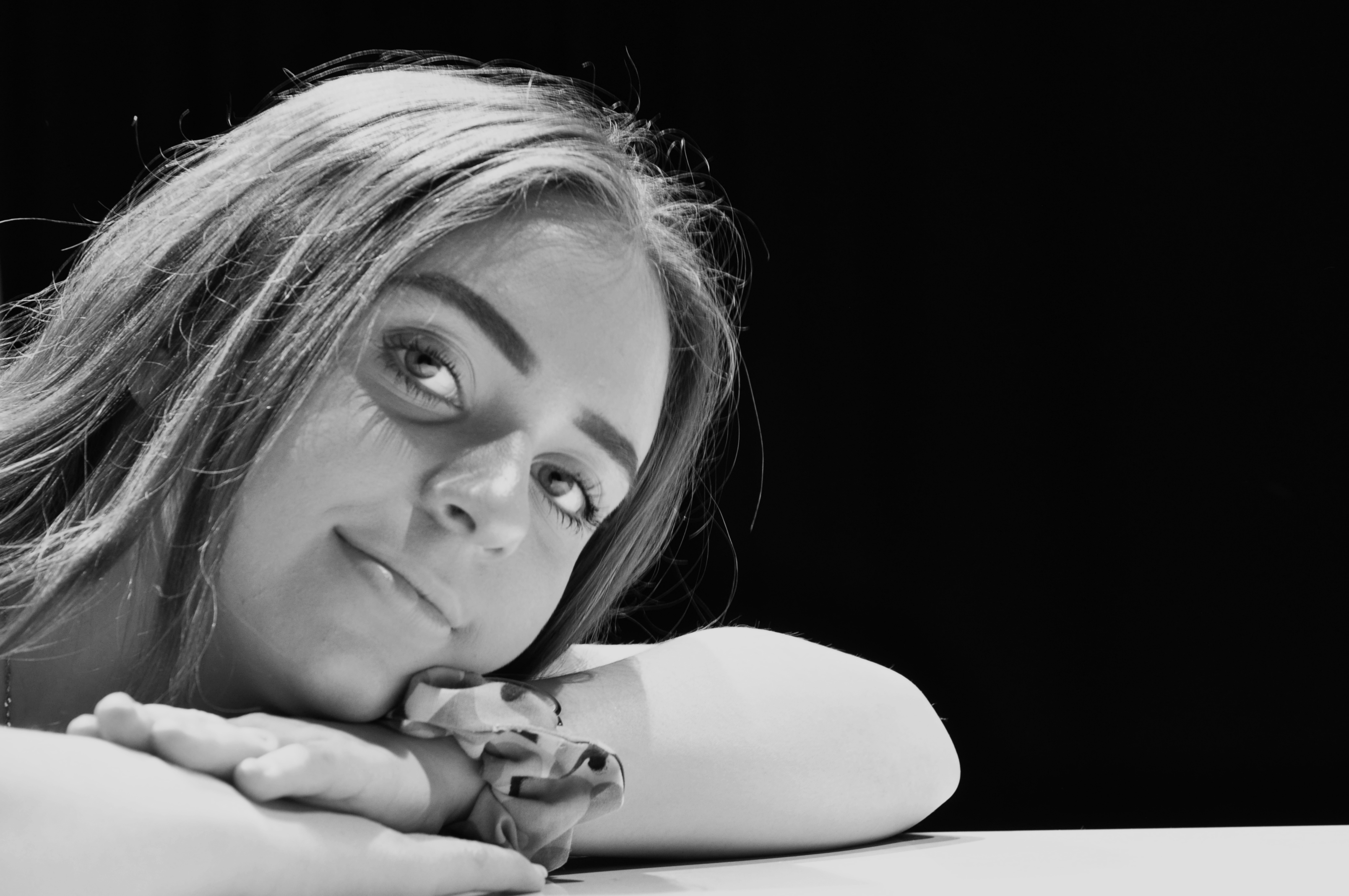
Below shows an experiment that I produced with the flower being the only part of the photograph in colour which is something I think was good to experiment with not necessarily in response to Irving Penn but as a quick experiment that I could maybe explore more in portraits.
